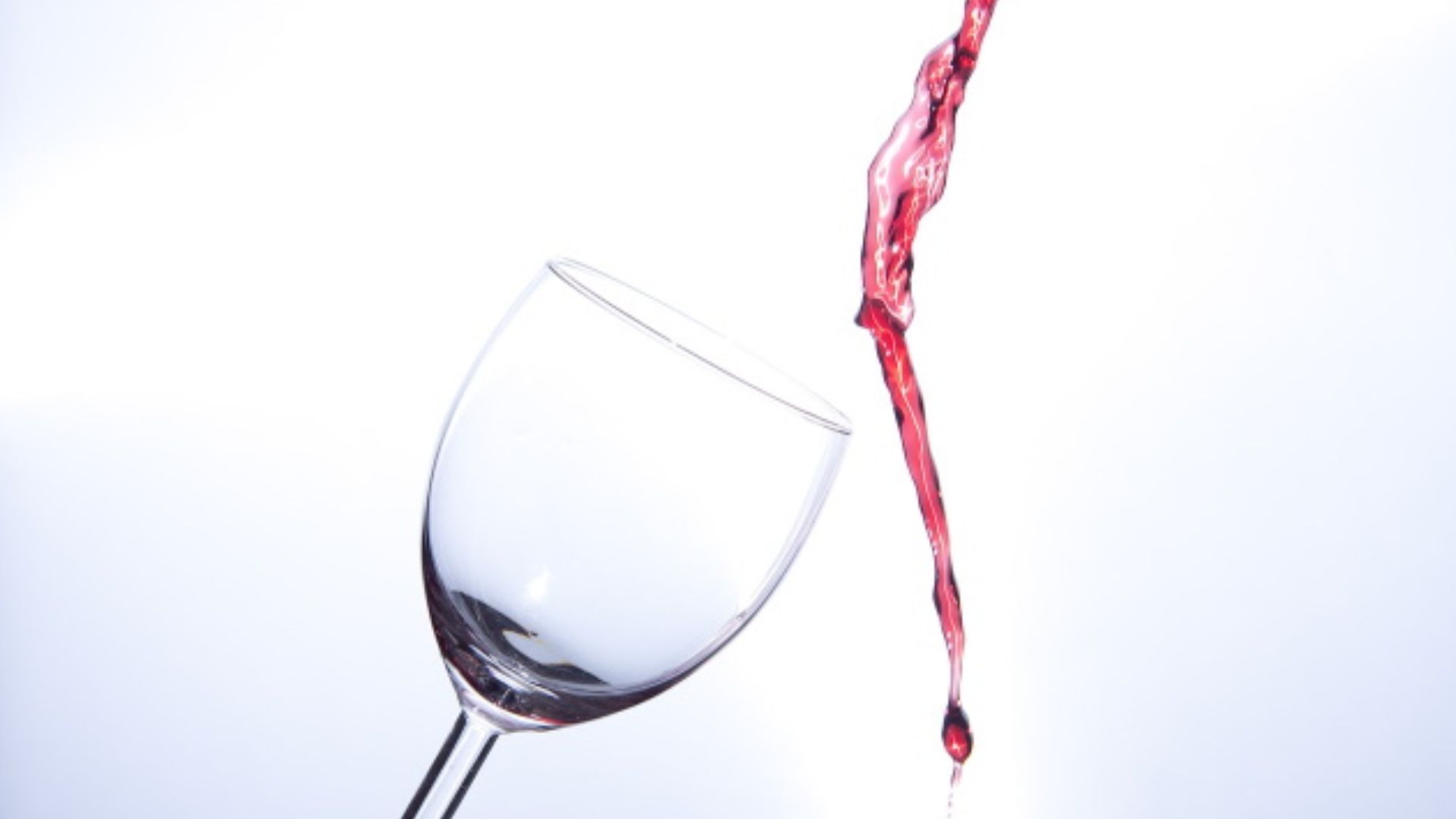Whether you’re a seasoned wine connoisseur or a casual weekend sipper, wine gone wrong can be a disappointing discovery. You uncork a bottle, eager to enjoy its flavor and aroma, only to be met with an unpleasant surprise. But how can you tell if your wine is spoiled?
We will equips you with the knowledge to identify the telltale signs of spoiled wine. By understanding these red flags, you can avoid unpleasant experiences and ensure you’re always enjoying your wine at its best.

Why Wine Spoils: Freshness Importance
Wine is a living product that continues to evolve over time. Under proper storage conditions, some wines can improve with age. However, improper storage or simply too much time can lead to spoilage. Spoiled wine loses its fresh flavors and aromas, and can develop unpleasant characteristics that detract from the enjoyment of the beverage.
Smelling Trouble
The first line of defense against wine gone wrong is your nose. Fresh wine should have a pleasant and inviting aroma, reflecting the grape varietal and any additional aging processes. However, spoiled wine often develops off odors that indicate bacterial growth or oxidation.
Here are some common warning signs to watch out for:
Vinegar
A strong vinegar aroma can indicate that the wine has undergone excessive bacterial activity, converting alcohol into acetic acid.
Nail Polish Remover
This harsh chemical odor is a telltale sign of high levels of volatile acidity, often associated with spoilage.
Wet Cardboard
This musty aroma can indicate oxidation, which occurs when wine is exposed to too much air.
If you detect any of these off odors, it’s best to discard the wine.
Tasting the Difference: Flatness and Unpleasant Flavors
While your nose offers the first clue, your taste buds can confirm your suspicions. Fresh wine boasts a vibrant and complex flavor profile, with a balance of acidity, fruitiness, tannins (in reds), and other characteristics. Spoiled wine, on the other hand, will often exhibit one or more of the following unpleasant taste qualities:
Dull or Flat
Fresh wine should have a lively and interesting taste. Spoiled wine may taste dull, flat, or lifeless, lacking the expected depth of flavor.
Overly Acidic
While some wines have a naturally high acidity, an excessively sour or harsh taste can indicate spoilage.
Bitterness
Excessive bitterness can be a sign of oxidation or the presence of unwanted tannins.
If the wine tastes off in any way, trust your palate and discard it.
Still Wine: Signs of Discoloration & Fizz
While some color variation is normal with age, drastic changes in color can be a sign of spoilage. White wines may turn brown or develop an unnatural cloudiness. Red wines might lose their vibrancy and take on a dull, brownish hue.
Another visual cue to watch for is fizz in still wines. Sparkling wines are naturally bubbly, but still wines should not exhibit any fizzing. This could indicate a secondary fermentation process, a sign of spoilage.
Conclusion
By understanding the signs of spoiled wine, you can ensure you’re always enjoying your wine at its peak. If you encounter any of the warning signs mentioned above, discard the wine and move on to a fresh bottle. Remember, proper storage**, such as keeping wine in a cool, dark place with minimal vibration, can significantly extend its lifespan.
With a little knowledge and practice, you’ll be able to confidently identify wine gone wrong and ensure every sip is a delightful experience. So, the next time you uncork a bottle, take a moment to assess its aroma, taste, and appearance. By following these simple tips, you’ll be well on your way to enjoying wine at its best.




